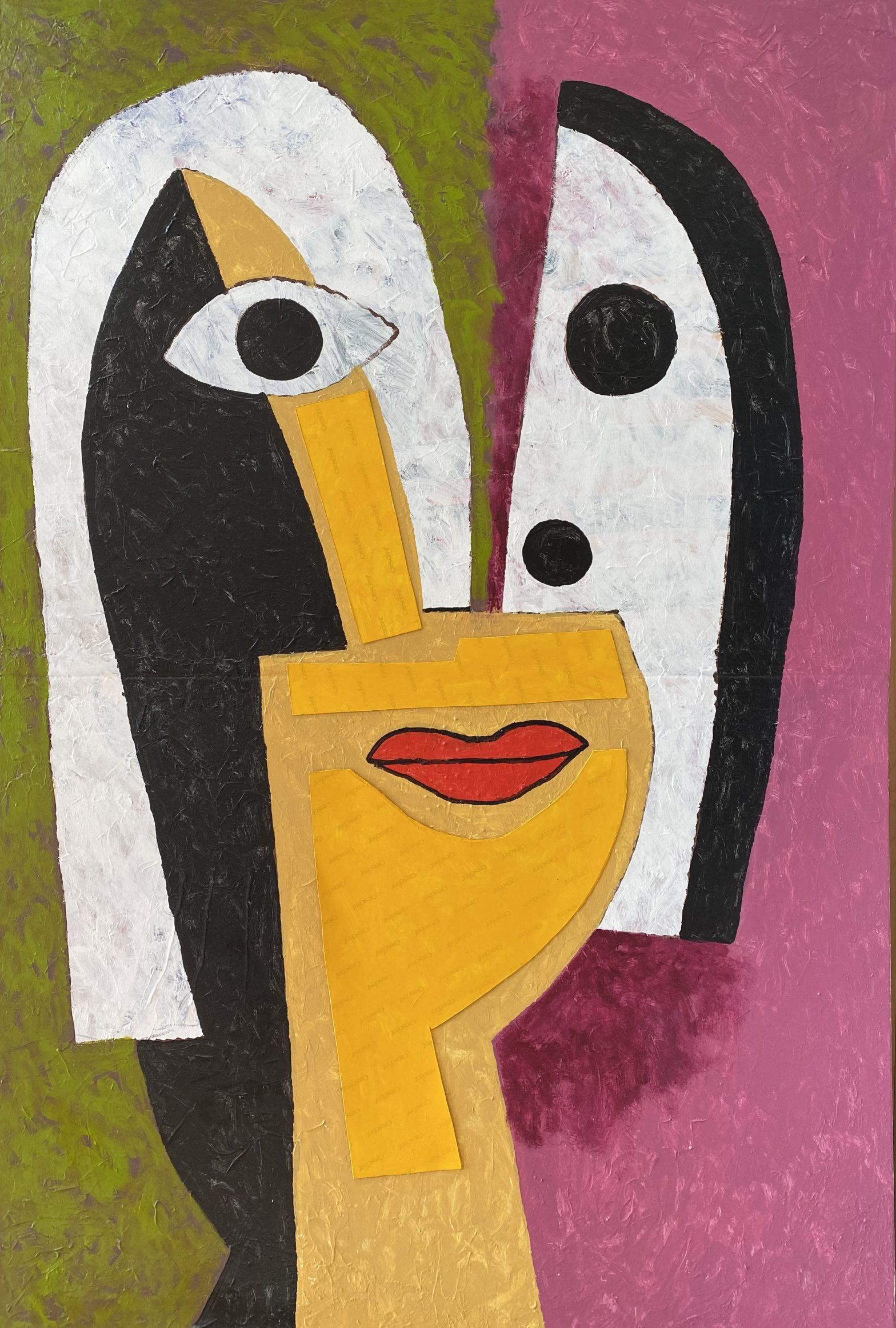The Charlottesville arts community lost one of its greatest champions and brightest stars in Carolyn “Lyn” Bolen Warren, who died on Sunday, November 21, at the age of 60 after a valiant battle with cancer.
Warren’s art gallery, Les Yeux du Monde, has been a cherished Charlottesville institution for more than two decades, featuring beautifully curated and thought-provoking shows with work by both established and emerging artists.
Warren opened the gallery in 1995, after receiving her Ph.D. in art history from UVA. In those days, Charlottesville’s arts scene looked very different than it does now—Second Street Gallery, McGuffey and UVA were the only public venues to view art. At first, Warren operated out of her stylish contemporary home just north of town on Wolf Trap Road. Though she moved the gallery into Charlottesville, first to West Main Street and then to The Terraces, just off the Downtown Mall, LYdM eventually returned to its original Wolf Trap setting in 2009, this time situated in a striking building designed by esteemed architect WG Clark. Like all of Warren’s choices, the building is both structure and sculpture, reflecting her imagination and vision.
Whether you were an important client, an artist, or a casual visitor, Warren was equally welcoming. Her passion was art, and her life’s work was sharing that passion. She reveled in the world of ideas and devoted enormous amounts of energy to community outreach, with artists’ talks and trips to studios and museums. She was also generous with her time and resources, supporting artists and collaborating with other organizations like UVA and Second Street Gallery.
“She was a beloved member of the arts community, who is now a kind of icon,” says artist and UVA studio art professor Dean Dass. “What she accomplished here is almost unbelievable.”
Among her many accomplishments, “Hindsight/Fore-site: Art for the New Millennium,” was perhaps the most ambitious. Warren conceived and curated the NEA- funded show and the accompanying publication, “Siting Jefferson,” for the UVA museum in 2000. The exhibition featured over 20 artists including luminaries such as Ann Hamilton, Michael Mercil, Dennis Oppenheim, and Agnes Denes, whose site-specific work was presented around Charlottesville.
Always gracious and accommodating, Warren moved through the world with an innate elegance. She was full of good cheer and enthusiasm, and was exceedingly kind. She was also uncompromising in terms of the high standards and strong convictions she held, and she helped make contemporary art an active public discourse in Charlottesville.
“We came up in the department together,” says Dass, who joined the UVA faculty at about the same time as Warren began working on her degree. “My wife Patsy put it so well—‘Lyn was not an art historian, she was an art history maker. She affected the careers of many artists and brought Charlottesville to a better place in understanding how to make art a part of life.’”
Warren and Victoria Beck Newman co-directed the Lydia Csato Gasman Archives for Picasso and Modernist Studies. “Lyn and I wrote our dissertations under the legendary Picasso scholar, Lydia Gasman, who maintained that modern art should often be viewed as a quest for a new sacred that was relevant to contemporary existence,” says Newman. “As a brilliant art historian and gallerist, Lyn endorsed that idea by exhibiting and writing about art that had a transformational impact on both viewers and culture. Her deep understanding of art history underlay the authoritative and serious choices she made as a curator.”
Deftly balancing her career with family life, Warren raised two children, Hagan and Ray, by her first husband, Eugene Ray Rushton, who died in 2004. She wed artist Russ Warren in 2005; theirs was a true marriage of the minds. Warren’s warmth and passion brought dozens of others into her fold.
UVA art professor David Summers, who likens Warren to a daughter, sums up her beautiful, enduring spirit. “Lyn completed her art-historical studies with the conviction that art is an unmixed good, not just a reminder of the woes of life, and not just an illusion that makes life bearable,” he says, “but something more like love, spring, and sunshine, all the joys of life, to which we might reasonably think we have a right, and by which she seemed herself to be carried along and sustained.”













